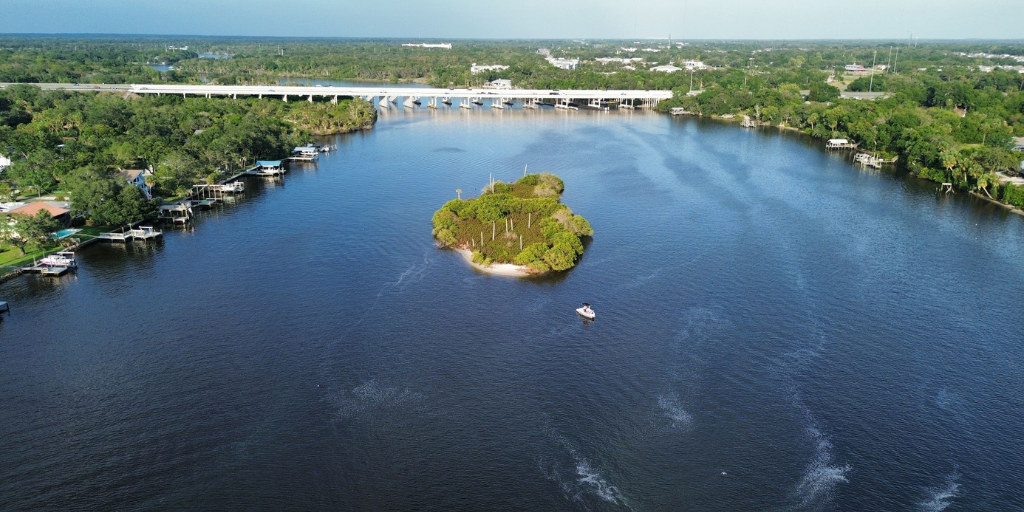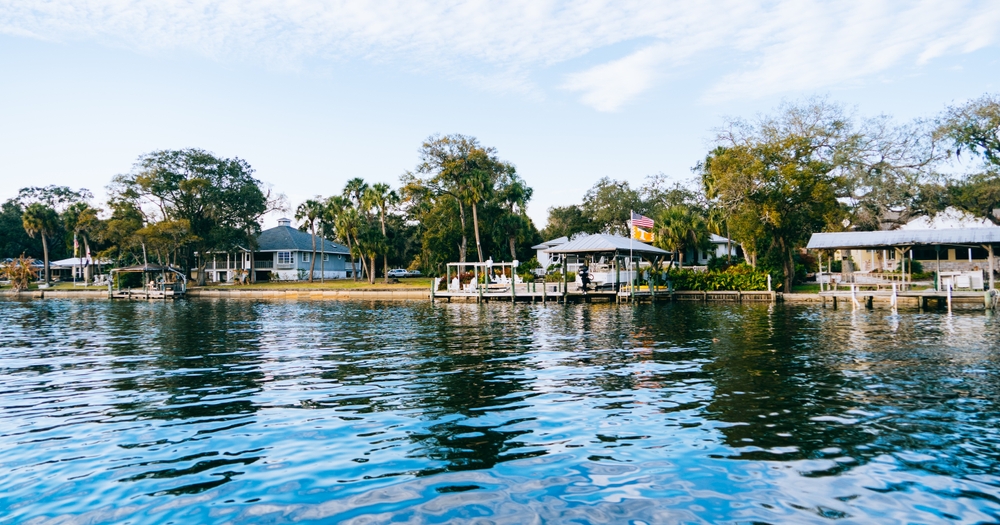
The understated, yet considerable change to Florida’s rules about traffic signals now offers local metropolitan areas and counties the ability to change traffic lights (specifically lights with traffic cameras) below national minimums. Or, in other words, the state and local government can now manipulate the length of a yellow light to ensure more tickets are given out, and in turn, more revenue for these governments.
In order to fully understand the degree of money at stake here, let’s look at some real numbers. In 2012, traffic cameras brought in about $100 million dollars from motorists and put it in the hands of the state, local governments, and the camera companies that operate them. From that breakdown, the state received 52.5% of the revenue, with the rest of the money being split amongst the other parties listed above. Fast forward to 2013, and there is no sign of a slowdown whatsoever. In fact it is just the opposite. The traffic camera fines are expected to increase to $120 million…that’s a 20% increase! So just how did the FDOT go about making this change?
It all started in 2010 with the Mark Wandell Act. This Act regulated how the FDOT would measure the length of a yellow light. It was to be measured on 85% of the speed limit for that area OR 85% of the actual speed for the area (and this is the important part) WHICHEVER IS GREATER. Meaning, whichever one of those two formulas mentioned above created the longer yellow light…that was the formula the FDOT was supposed to use. However, in 2011, the FDOT struck the phrase “whichever is greater” from its engineering manual and opened the door for what we have now. Unfortunately, even if this move by the FDOT, the state and local governments, and the camera companies was not a money grab, and instead, a move to make Florida safer, it is not actually helping with that either.
Consider the following guidelines from the United States Department of Transportation and the National Highway Association ; they are guidelines Florida is not following. When calculating yellow light length, “cities should not use speed limit in the yellow interval equation because it results “in more red light violations and higher crash rates.” Instead, the average speed of the drivers during that particular time of day should be what is used to calculate the number. If that is not possible to determine an average, then its recommended engineers use the “speed limit plus 10 mph” variable to produce more conservative, and safer, yellow intervals. If anything, the USDOT and NHA are pushing for longer yellow lights, whereas Florida lawmakers are drastically shrinking them.
Are you worried you might be in an area with too short of a yellow light? Well, according to Channel 10 News, below is a list of intersections to look out for:
- Port Richey, New Port Richey, and FDOT collaborated to reduce yellow light times along U.S. 19 from 4.5 seconds to the bare minimum, 4.3 seconds.
- An FDOT analyst instructed New Port Richey to reduce its yellow light interval for the Main St. RLC (at U.S. 19) from 4.0 seconds to the bare minimum, 3.0 seconds.
- Hillsborough County shortened the yellow interval on Bell Shoals Road (at Bloomingdale) in Valrico from 4.0 seconds to the bare minimum, 3.6 seconds.
- Tampa has yellow lights below the state’s 4.0-second minimum for 45mph zones at Hillsborough/Nebraska and Adamo/50th. Those RLC intersections turn red after just 3.9 seconds; city engineers claim the complex yellow light formula allows them to go below the TEM minimums.
When driving through these intersections, be careful! And, as always, if you have been in auto accident and have any questions, feel free to contact Kemp, Ruge & Green Law Group.
-
April 18, 2024
Wrongful Death Cases in Riverview, Florida -
April 18, 2024
Bicycle Accident Cases in Riverview, Florida -
April 18, 2024
Distracted Driving in Riverview, Florida -
April 18, 2024
Rideshare Accidents in Riverview, Florida
Contact Us
About Your Case
We're ready to fight on your behalf. Request a free, no-risk consultation with our attorney's today.



